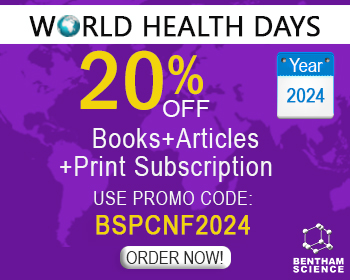Abstract
Intracellular delivery of a functional gene or a gene-silencing DNA or RNA sequence is expected to be a powerful tool for treating critical human diseases very precisely and effectively. One of the major hurdles to the successful delivery of a nucleic acid with nanoparticles is the transport across the plasma membrane. The existence of various and numerous cell surface receptors with potential capability of being internalized by cells upon ligand binding unveils the ways of overcoming the barrier by targeting the nanoparticles to specific receptor. This review will reveal the current progress on utilizing the cell adhesion molecules as targeting receptors for transgene delivery, with a special focus on the design of bio-functionalized inorganic nanocrystals using both naturally occurring and genetically engineered cell adhesive proteins for high efficiency transfection of embryonic stem cells. Self-assembly of both DNA and cell-adhesive proteins, such as fibronectin and E-cadherin-Fc into the growing nanocrystals of carbonate apatite leads to their high affinity interactions with fibronectin-specific integrins and E-cadherin in embryonic stem cell surface and accelerates transgene delivery for subsequent expression. While only apatite nano-particles were very inefficient in transfecting embryonic stem cells, fibronectin- anchored particles and to a more significant extent, fibronectin and E-cadherin-Fc-associated particles dramatically enhanced transgene delivery with a value notably higher than that of commercially available lipofection system. Activation of protein kinase C (PKC) dramatically enhances transgene expression probably by up-regulating both integrin and E-cadherin. Thus, the new establishment of a bio-functional hybrid gene-carrier would promote and facilitate development of stem cell-based therapy in regenerative medicine.
Keywords: Cell-adhesion molecule, embryonic stem cell, transfection, gene delivery, carbonate apatite, nano-particle, fibroncetin, E-cadherin-Fc, integrin, regenerative medicine

























